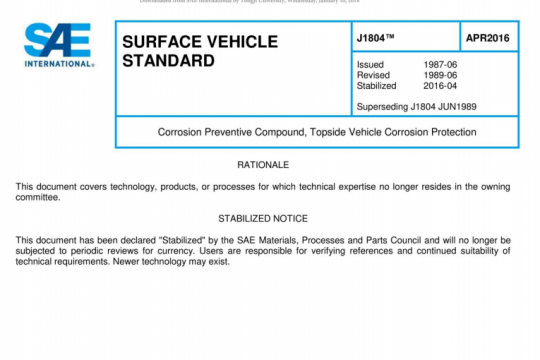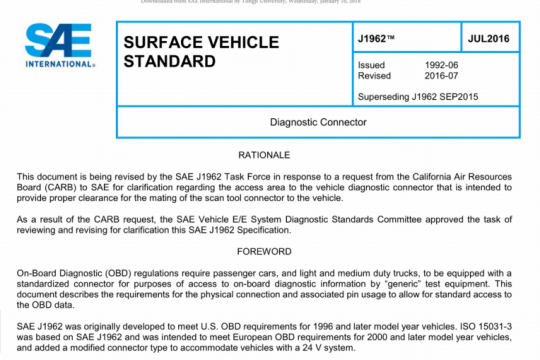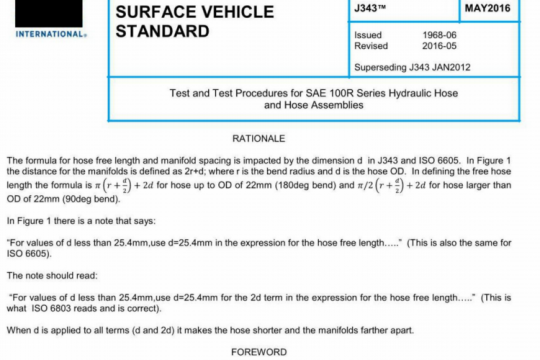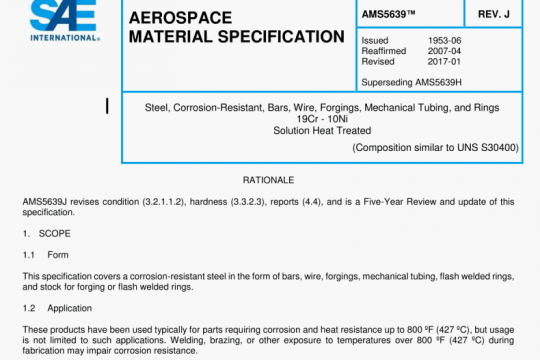SAE J2535:2019 pdf free
SAE J2535:2019 pdf free.Setting Preload in Heavy-Duty Wheel Bearings
The audience of this document is intended to be the axle and/or component engineers. The user should be aware of both the benefits and the risks of this practice.
a. Benefits – Bearing and seal life can be maximized when the bearings are adjusted to a light, controlled preload setting.
b. Risks – The benefits of a light and controlled preload bearing setting are negated if bearing preload force is excessive.Care must be taken to ensure that preload force does not exceed the recommended amounts. Excessive preload can cause high operating temperatures, reduced lubricant life, reduced seal life, and premature bearing damage. Bearing lock-up and/or wheel-end assembly separation may occur if the preload force is excessive. A light preload bearing setting should only be attempted if the entire bearing setting process is accurate and repeatable.
An axial clearance between the bearing’s rolling elements and the races producing a measurable axial wheel-end movement when a force is applied, first in one axial direction and then in the opposite direction, after oscillating the wheel-end.
A load resulting from an axial interference between the bearing’s rolling elements and races resulting in no discernible axial wheel-end movement when a force is applied, first in one axial direction and then in the opposite direction, after oscillating the wheel-end.
A wheel-end assembly that consists of a hub, an inboard seal, two single row tapered roller bearings, and fastening hardware (Figure 1). Conventional wheel-ends use the spindle fastening hardware to establish bearing setting and can not be categorized as unitized, pre-adjusted, or other system that attempts to automatically control bearing adjustment.
The distance from the inboard bearing cup backface to the center of the tire(s) contact (Figures 2 and 3) which directly influences the relative wheel bearing load distribution.
To determine an optimum preload range for heavy-duty wheel bearings, it is necessary to calculate the life of the bearings across a specified range of preload values.The bearing life calculations require a set of constants, a duty cycle, and wheel-end design data. Table 2 shows the assumptions that were held constant for each of the wheel-end preload calculations.SAE J2535 pdf free download.




